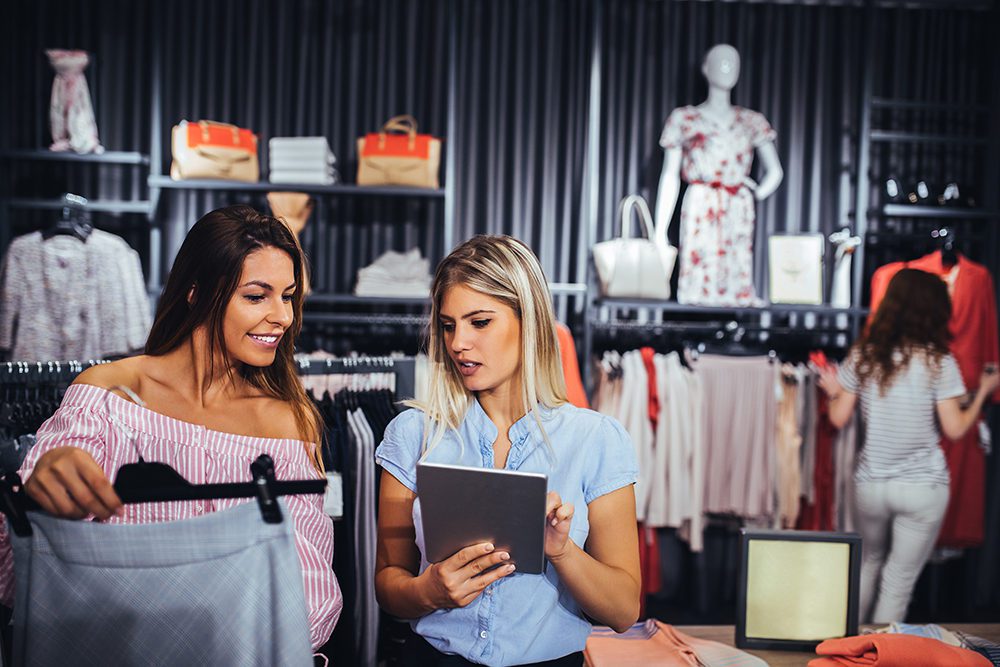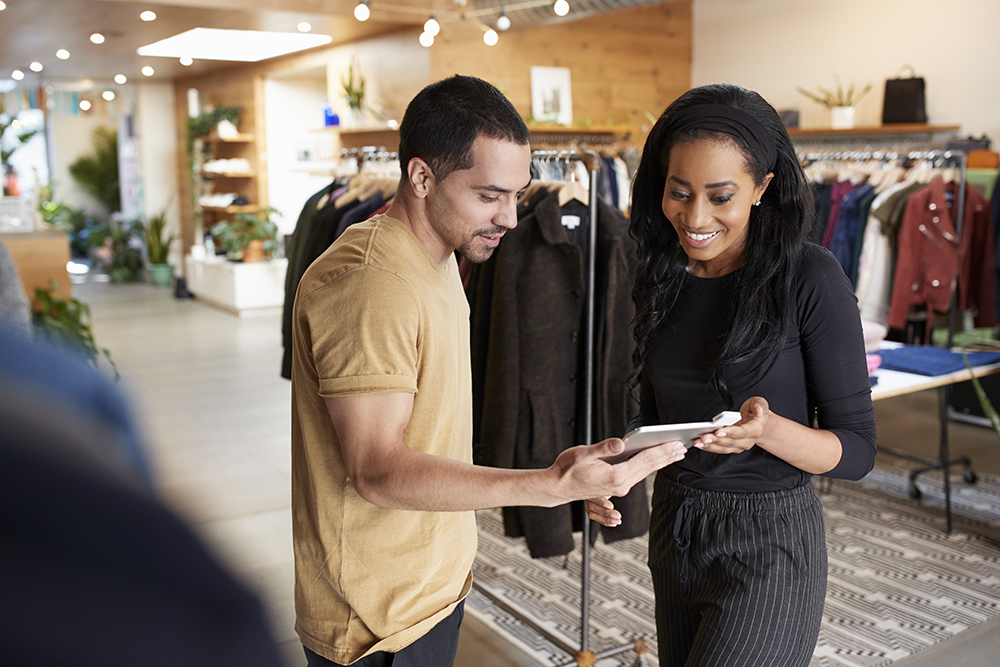Are retailers beginning to take commercial advantage of the opportunities created by new shopping journeys which merge online and in-store? Absolutely, says the ICSC in America, which has found that physical stores have a material effect on the success of online. This is not just through sales, but also in driving operational performance, and boosting customer perception of a retail brand.
Entitled The Halo Effect: How Bricks Impact Clicks, the ICSC’s study found that opening a physical store leads to a 37% average gain in overall traffic to a retailer’s website and increases its share of web traffic within that market by an average of 27%. The study also found that web traffic tends to fall when stores close.
“The clicks versus bricks debate is over,” comments Tom McGee, president and CEO of ICSC. “We have long suspected that there is a direct and positive correlation between having both a physical and a digital presence, and the Halo Effect study confirmed this. What we are seeing now is a retail renaissance as both new and established retailers are investing in their stores and reinvigorating their physical presence.”
Seamless shopping experience
In the new retail landscape, the physical store is widely considered the hub of customer experience. This is where unified commerce technology allows the retailer to offer shoppers extended services and product ranges, far beyond the store. It’s felt that retailers that innovate and create a true omnichannel experience, leveraging the strengths of both physical and digital, will thrive. We see this happening in Apple stores globally, in Nordstrom department stores in the US, and in Alibaba’s Hema supermarkets in China.
In-store digital devices and apps, used by shoppers or store teams, offer the perfect means of connecting the associate and the customer, and broadening out the retail experience. The benefits are far-reaching. Store associate apps can access a wealth of product information, and auto-recommend merchandise based on customers’ past purchases. Promotions and loyalty programs can be more directly personalised and communicated with customers. The benefits offered to customers by consistent communication in this way is truly powerful. What many are calling ‘clienteling’ facilitates a whole new level of customer engagement.

Easy payment in stores
The adoption of digital devices and practices in stores is easing the pressure of running store operations and delighting customers who seek an easy and convenient shopping experience. Mobile payment in particular – with customers now happy to use payment systems such as Apple Pay, Android Pay and Samsung Pay – is removing the friction for customers, and simplifying store ops.
Retailers can remove barriers to sales conversions – typically check-out queues – by offering instant digital checkout options. Recent statistics show that most shoppers are comfortable using digital wallets. Empowering sales associates with the tools to offer seamless, safe and quick checkout for shoppers should no longer be considered a luxury; it should be a necessity.
Far-reaching supply chain
Value-added customer services sought by shoppers today include the option to buy items from stock not held in-store. This ‘endless aisle’ concept means shoppers have vast choice of products, and with a fully integrated and extended supply chain, retailers are enabling shoppers to purchase from anywhere in the world, even if transacting from the store hub. Unified commerce solutions are now designed to optimise operational costs across this extended supply chain, manage product traceability and availability, and drive up customer satisfaction.
Anytime, anywhere strategy
Modern shoppers expect to be able to purchase anytime, anywhere, whatever the sales channel. Thanks to advances in mobile technology geared specifically for sales associates, teamed with backend unified commerce capability, this is already happening.
The key is to optimise the end-to-end journey, from enabling a single view of shoppers, orders and stock, to supporting personalised in-store customer experiences through mobile clienteling. Operationally, this takes stores to a whole new level. And commercially, it’s the only way to truly support the fast-paced evolution of the customer experience.




















